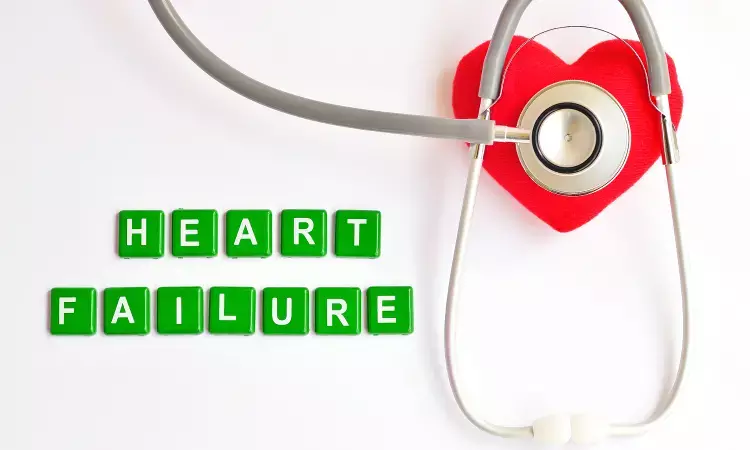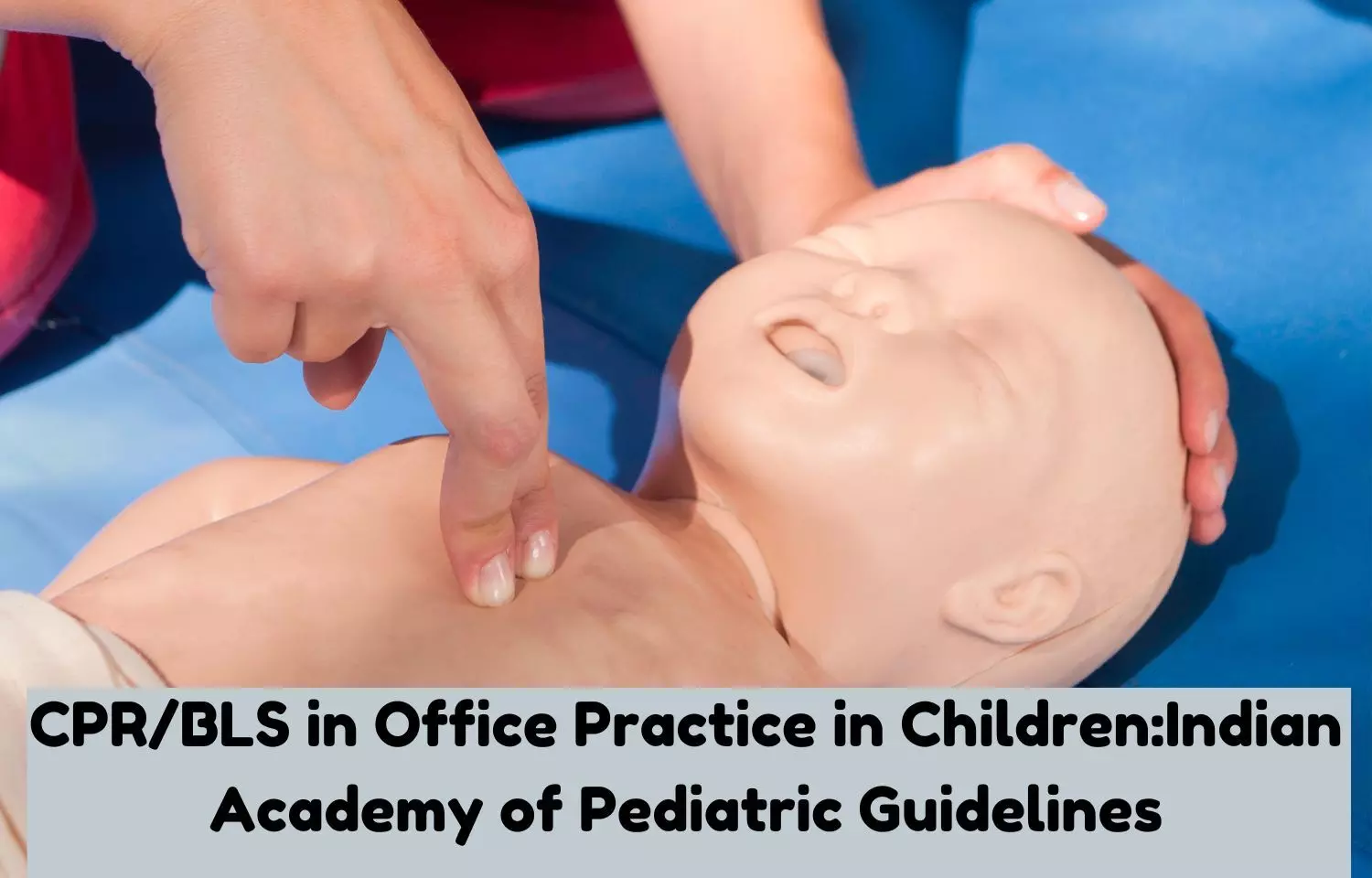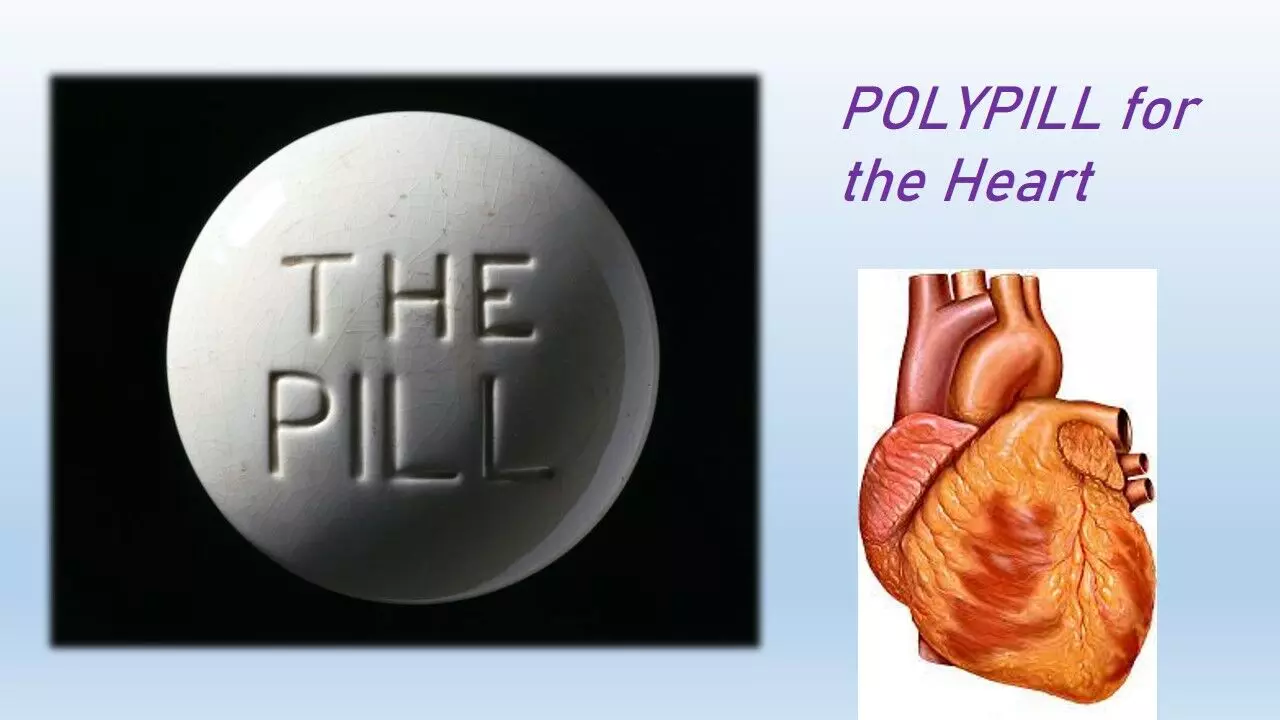- Home
- Medical news & Guidelines
- Anesthesiology
- Cardiology and CTVS
- Critical Care
- Dentistry
- Dermatology
- Diabetes and Endocrinology
- ENT
- Gastroenterology
- Medicine
- Nephrology
- Neurology
- Obstretics-Gynaecology
- Oncology
- Ophthalmology
- Orthopaedics
- Pediatrics-Neonatology
- Psychiatry
- Pulmonology
- Radiology
- Surgery
- Urology
- Laboratory Medicine
- Diet
- Nursing
- Paramedical
- Physiotherapy
- Health news
- Fact Check
- Bone Health Fact Check
- Brain Health Fact Check
- Cancer Related Fact Check
- Child Care Fact Check
- Dental and oral health fact check
- Diabetes and metabolic health fact check
- Diet and Nutrition Fact Check
- Eye and ENT Care Fact Check
- Fitness fact check
- Gut health fact check
- Heart health fact check
- Kidney health fact check
- Medical education fact check
- Men's health fact check
- Respiratory fact check
- Skin and hair care fact check
- Vaccine and Immunization fact check
- Women's health fact check
- AYUSH
- State News
- Andaman and Nicobar Islands
- Andhra Pradesh
- Arunachal Pradesh
- Assam
- Bihar
- Chandigarh
- Chattisgarh
- Dadra and Nagar Haveli
- Daman and Diu
- Delhi
- Goa
- Gujarat
- Haryana
- Himachal Pradesh
- Jammu & Kashmir
- Jharkhand
- Karnataka
- Kerala
- Ladakh
- Lakshadweep
- Madhya Pradesh
- Maharashtra
- Manipur
- Meghalaya
- Mizoram
- Nagaland
- Odisha
- Puducherry
- Punjab
- Rajasthan
- Sikkim
- Tamil Nadu
- Telangana
- Tripura
- Uttar Pradesh
- Uttrakhand
- West Bengal
- Medical Education
- Industry
Blood-based brain injury biomarkers tied to unfavorable outcomes at 1 year after pediatric cardiac arrest: JAMA

Blood-based brain injury biomarkers like neurofilament light (NfL), were linked to a poorer outcome 1 year after pediatric cardiac arrest as per a study that was published in the journal JAMA Network Open.
There are limited validated tools available for clinicians to estimate long-term outcomes early after pediatric cardiac arrest. Tools like Blood-based brain-specific biomarkers may be helpful to assist in the outcome assessment. Hence researchers conducted a multicenter prospective cohort study to assess the association of blood-based brain injury biomarker concentrations with outcomes 1 year after pediatric cardiac arrest. The study was carried out in pediatric intensive care units at 14 academic referral centers in the US between May 16, 2017, and August 19, 2020.
120 children aged 48 hours to 17 years who were resuscitated and admitted to an intensive care unit after cardiac arrest and those who had pre–cardiac arrest Pediatric Cerebral Performance Category scores of 1 to 3 points were taken in the study. The primary outcome was an unfavorable outcome like death or survival with a Vineland Adaptive Behavior Scales, third edition with a score of <70 points at 1 year after cardiac arrest. From days 1 to 3 biomarkers like Glial fibrillary acidic protein (GFAP), ubiquitin carboxyl-terminal esterase L1 (UCH-L1), neurofilament light (NfL), and tau concentrations were measured in blood samples after cardiac arrest. Multivariate logistic regression and area under the receiver operating characteristic curve (AUROC) analyses were performed to examine the association of each biomarker with outcomes on days 1 to 3.
Key findings:
- Among 120 participants,71 children (59.2%) were male with a median age was 1 year.
- A total of 5 children were Asian, 19 were Black, 81 were White, and 15 were of unknown race.
- 110 children had data on ethnicity, of whom 11 were Hispanic, and 99 were non-Hispanic.
- Overall, 70 children had a favorable outcome, and 50 children had an unfavorable outcome, including 43 deaths.
- On days 1 to 3 after cardiac arrest, concentrations of all 4 measured biomarkers were higher in children with an unfavorable vs a favorable outcome at 1 year.
- After covariate adjustment, NfL concentrations on day 1, 2 & 3; UCH-L1 concentrations on day 2 & 3; GFAP concentrations on day 2 & 3; and tau concentrations on day 1, 2 & 3 were associated with an unfavorable outcome.
- The AUROC models were significantly higher with vs without the addition of NfL on day 2 and day 3.
Thus, the researchers concluded that blood-based brain injury biomarkers, especially NfL, were associated with an unfavorable outcome at 1 year after pediatric cardiac arrest.
To read the full article, click here: 10.1001/jamanetworkopen.2022.30518
Fink EL, Kochanek PM, Panigrahy A, et al. Association of Blood-Based Brain Injury Biomarker Concentrations With Outcomes After Pediatric Cardiac Arrest. JAMA Netw Open. 2022;5(9):e2230518. Published 2022 Sep 1.
BDS, MDS
Dr.Niharika Harsha B (BDS,MDS) completed her BDS from Govt Dental College, Hyderabad and MDS from Dr.NTR University of health sciences(Now Kaloji Rao University). She has 4 years of private dental practice and worked for 2 years as Consultant Oral Radiologist at a Dental Imaging Centre in Hyderabad. She worked as Research Assistant and scientific writer in the development of Oral Anti cancer screening device with her seniors. She has a deep intriguing wish in writing highly engaging, captivating and informative medical content for a wider audience. She can be contacted at editorial@medicaldialogues.in.
Dr Kamal Kant Kohli-MBBS, DTCD- a chest specialist with more than 30 years of practice and a flair for writing clinical articles, Dr Kamal Kant Kohli joined Medical Dialogues as a Chief Editor of Medical News. Besides writing articles, as an editor, he proofreads and verifies all the medical content published on Medical Dialogues including those coming from journals, studies,medical conferences,guidelines etc. Email: drkohli@medicaldialogues.in. Contact no. 011-43720751




